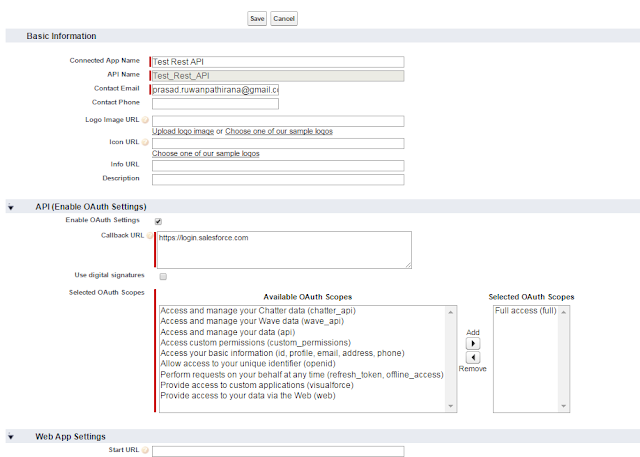Salesforce Marketing Cloud is a comprehensive marketing automation platform offered by Salesforce, a leading customer relationship management (CRM) company. It is designed to help businesses manage and optimize their marketing efforts across various channels and touchpoints. The platform enables organizations to create, execute, and analyze marketing campaigns to engage with their target audiences more effectively and drive better results. Key features and capabilities of Salesforce Marketing Cloud include: Email Marketing: Users can create and send personalized email campaigns to segmented audiences, track email performance metrics, and automate email workflows to nurture leads and build customer relationships. Journey Builder: This tool allows marketers to design and automate customer journeys across multiple channels such as email, mobile, social media, and advertising. It helps create personalized experiences based on customer behavior and interactions. Social Media Marketing: Sale...


Comments
Post a Comment